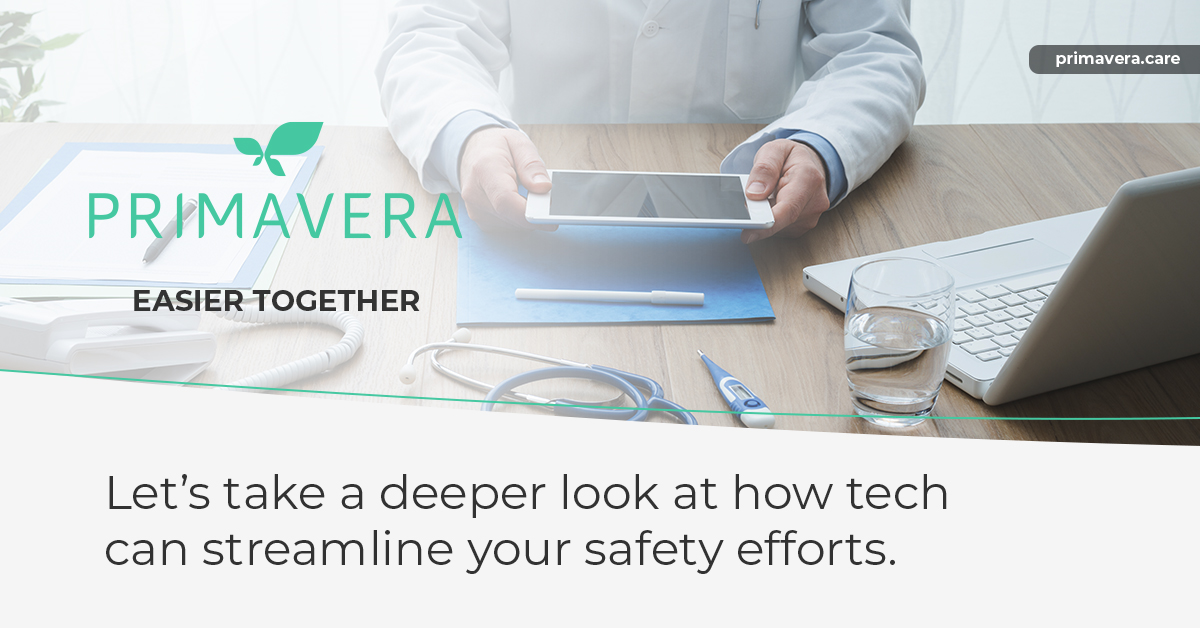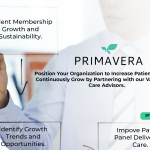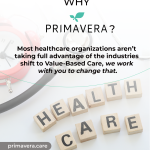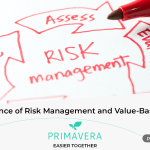Personal Protective Equipment (PPE), is an acronym we’ve seen everywhere lately from news headlines to supply order forms. Like with any other aspect of the healthcare world, PPE essentials are an element of daily practice with a trickle-down effect from administration to patients.
Supplying proper PPE requires funding, organization, and education. That’s a lot of factors contributing to the use of this essential gear.
What are PPE Essentials and Who Needs Them?
The purpose of PPE essentials are to protect both practitioners and patients from the transferring and spread of germs and viruses. We learned all too recently the value of having an appropriate supply of PPE on hand but it’s also important to understand it’s uses.
The CDC has determined that both health care personnel and patients should utilize PPE for their safety. PPE provides full-body coverage and includes:
- Isolation gown
- NIOSH-approved N95 filtering facepiece respirator or higher
- Face shield or goggles
- Gloves
When we picture medical professionals donning PPE, we usually imagine one of two scenes – either an intensive hospital setting, or an exotic outbreak location. In the U.S. under pandemic restrictions there is a great focus on outpatient settings, assisted living facilities, and in-home visits. PPE protocols for these outlying locations are slightly different.
Here’s what you need to know:
- The CDC recommends developing and maintaining infection prevention and occupational health programs.
This requires communication and organization within your own practice, community, and state. A telehealth system can help facilitate this by keeping information flowing between practices, patients, even non-profit organizations.
2. Make sure you have sufficient supplies that adhere to the needs of Standard Precautions (e.g., hand hygiene products, personal protective equipment, injection equipment).
Bonus Resource: In addition to PPE instructions, the CDC has provided the NIOSH PPE tracker App to assist in inventory management for PPE supplies.
3. Assure at least one individual with training in infection prevention is employed by or regularly available (e.g., by contract) to manage the facility’s infection prevention program.
4. Develop written infection prevention policies and procedures appropriate for the services provided by your practice.
We’ll take this a step further here to highlight the benefits of easily adding notes to your CRM, specifically regarding PPE precautions for at risk populations in non-traditional settings due to the pandemic. Simply dictate your notes and flag specific patients who require stricter precautions, protocols, or accommodations when receiving their care.
Now let’s take a deeper look at how apps can streamline your safety efforts.
Technology: The PPE you Can’t Afford to Ignore
With at-risk populations like the elderly, physical distance is currently a method of preventive care yet this population is arguably the least tech savvy.
Utilizing Primavera’s easy to read and navigate interface breaks through this communication barrier with a few simple swipes – the same ease as making a phone call – and provides an instant channel between practitioner and patient.
Easy-to-use isn’t the only pressure on healthcare specific technology – support for case management and secure management of data are also needed.
Intuitive Case Management
Case management is a key part of maintaining best practices and proper patient care in extreme circumstances. Especially when conserving resources and minimizing contact are priority considerations.
Case management has three aspects that stand in relation to patient protection:
- Intervention
Receiving real-time hospital alerts and case information creates the opportunity to intervene on procedures and services that may be unnecessary, costly, or harmful. Intervention also plays into communication and logistics; organizing transportation when needed and keeping patient files up-to-date in real-time.
- Education
Guidelines and parameters provided by entities like the CDC are informative but individual safety recommendations can be more powerful. With telehealth, there is a built-in platform for providing knowledge to patients one-on-one with suggestions and protocols specific to their needs.
Guide to Protecting your Data
Since we’re talking about your data, let’s talk about how to keep it secure. Information protection trickles down in much the same way as safety regulations. Primavera employs best practices for HIPAA compliance but that’s just the equivalent to donning our PPE. Security, to us, is about protecting your personal medical information from online attacks and other threats. We do this in a number of ways:
- Standard HIPAA Compliance
- Two Factor Authentication
- Secure Socket Authentication
- Encrypted Patient Data
- Segregated Data Storage
- Data Access Logs
- Strict Authorization Protocols
All of these methods work together to create a layered approach for your protection.
Software & Security
Safety and security are frequent words in our daily vocabulary under present circumstances. The solution to organizing secure protocols is to centralize information on a single platform. Check-in with your patients within social-distancing parameters, update providers to protocols and PPE requirements and feel confident that your most sensitive information is protected with Next Level Security.
Operate with an Emphasis on safety. Use technology and other products made specifically for healthcare use, including your software with Primavera.








Recent Comments